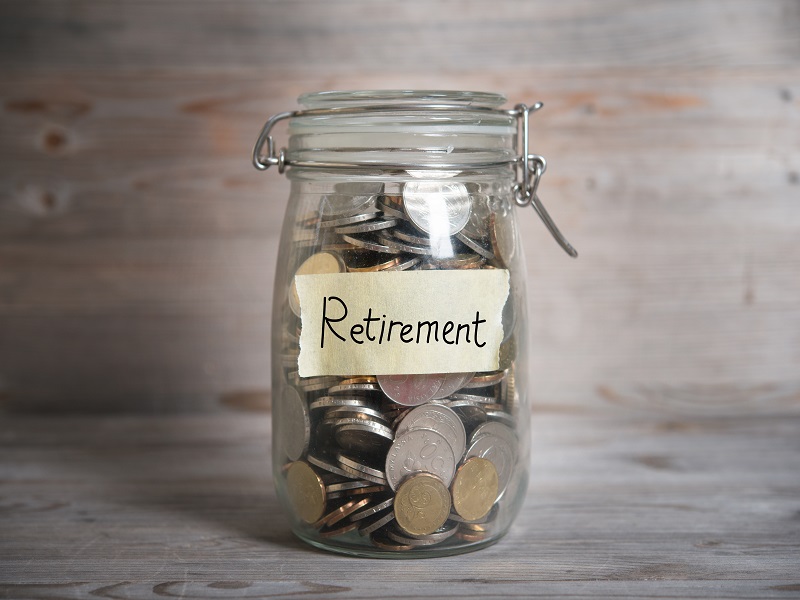
Workplace pension plans alone aren’t providing adequate retirement income for U.S. government employees, according to a new report by the National Institute on Retirement Security and Aon.
It found U.S. state and local employees in a typical public defined benefit pension plan need to save roughly four to six per cent of their salary on their own to ensure adequate retirement income. By comparison, defined contribution pension plans provide less retirement income than DB plans in a typical cost-equivalent conversion for career employees.
The data showed the average public DB pension plan — when coupled with a two per cent cost-of-living adjustment, plus social security and a retiree health-care plan — could provide employees with adequate retirement income without the need for additional employee savings.
Read: DC plan members nearing retirement need employers’ help to achieve financial security: report
Under this scenario, the DB pension plan would, on average, provide annuity resources of 18.7 times final pay at age 62. The lack of a retiree health-care plan was shown to increase an employee’s retirement income shortfall, requiring an expected additional six per cent of pay during an employee’s career to cover the gap.
The report found retirement has grown more challenging for younger generations serving in state and local government, noting rising medical costs have younger public employees less prepared for retirement than prior generations. It also found female public employees were less ready for retirement than their male counterparts because of longer life expectancies.
“With longer lives, health-care costs increasing faster than wages and more modest expectations of investment markets, even workers with a DB plan would be wise to have additional resources to shore up a secure retirement,” said Dan Doonan, executive director at the NIRS, in a press release. “This is particularly true for workers with less generous benefits, for women and for younger workers. Rising costs are a major culprit and this means that public employees must save more on their own to ensure a secure retirement.”
Read: Survey finds half of young U.S. employees withdrawing early from retirement savings
